Auburn Football Offensive Preview
Auburn squeaked out a ref-assisted victory last year in Berkeley. Can they do it again at home?...Well, probably.
I could again bring up how the “former Ole Miss and Liberty University head coach who abruptly resigned from Ole Miss after using the university phone to hire escorts, direct messaged a sexual assault survivor and allegedly forced an underage student to change in front of him during his time at Briarcrest Christian School [a K-12 school].”
I could talk about how fake it feels every time he makes a public showing of his religion and good deeds in contrast to Matthew 6:1-6, wielding his faith as an instrument to absolve his personal failings.
But I won’t, because I beat that horse to death last year. Hugh Freeze sucks. You know it, I know it, Auburn fans know it. Cal may not be the best football team in the nation, but I am always thankful that we can be proud of the representatives of our university. I don’t want to regress into name-calling. Auburn has a live golden eagle fly around their stadium, chants, “War Eagle”, and says their mascot is a tiger. Auburn is a color (although not as repulsive as a different cardinal color), but their uniforms don’t even contain any Auburn. It’s clear that names mean nothing to these people.
So let’s try to keep this about Auburn football here. Last year, Cal faced a very tough opponent in Berkeley from the SEC:
No, I’m not salty or anything.
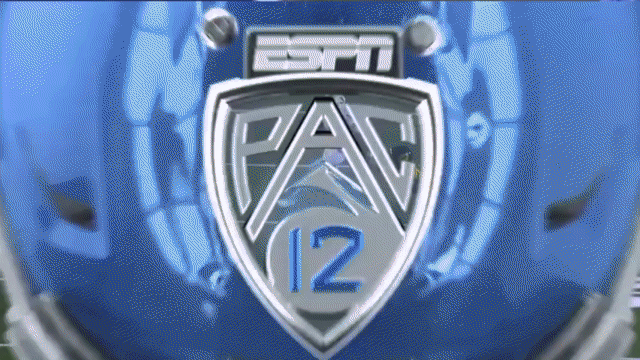
Okay, fine, I am a little salty. I’m not expecting these calls to go our way in Auburn either.
The original idea behind Cal scheduling Auburn (and Florida in 2026/2027, prior to cancellation) was to get some east coast eyes on Cal football, with so many of Cal’s Pac-12 games being relegated to the inaccessible Pac-12 Network (thanks, Larry Scott) or deep after midnight Eastern time. So in the sense of getting people in the Central and Eastern timezones to now somewhat pay attention to Cal football, this series has been a massive success: Cal is now a preeminent program on the Atlantic coast. Thanks, Auburn.
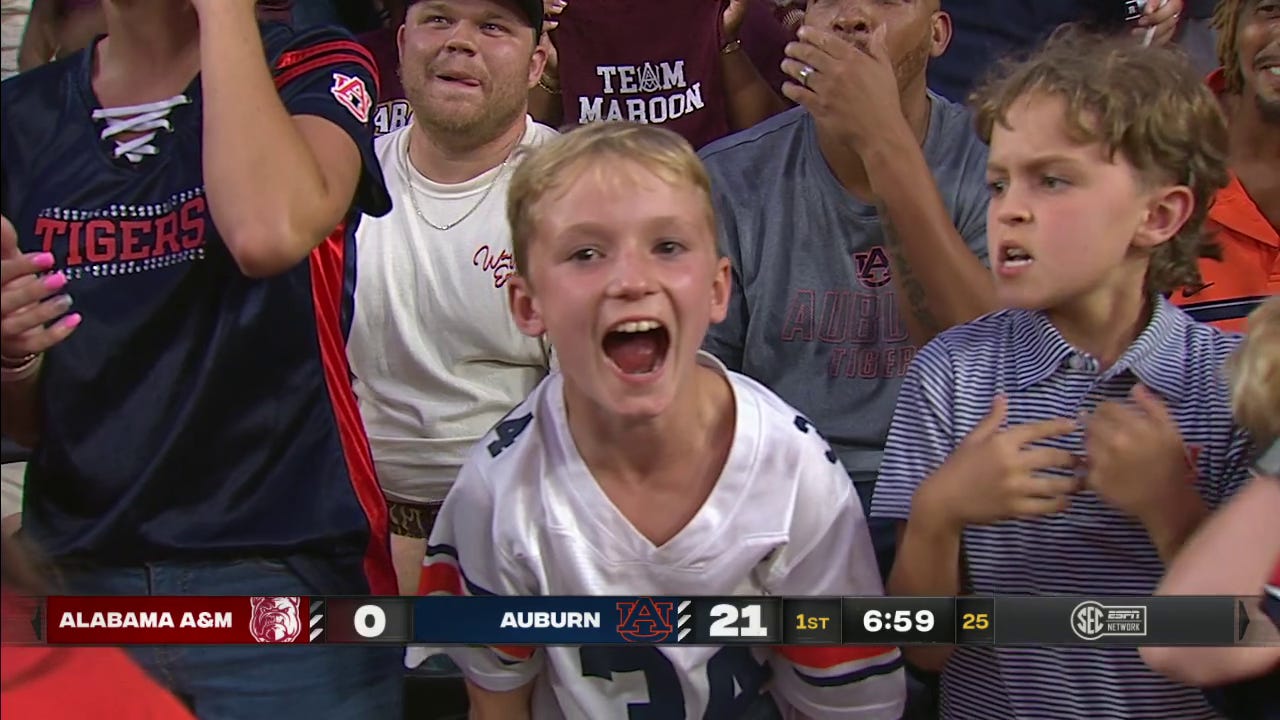
Auburn is an RPO-heavy team with a mobile quarterback, very talented running back, and a vastly improved group of wide receivers. A mobile quarterback prevents the need from dropping too many players into protection, the strong run game forces defenders into run support, and that opens up favorable matchups for their receivers. Last year, Cal dared Auburn to beat them through the air. It was a sound strategy, and if Cal were able to score more than 10 points (and maybe not thrown as many interceptions), it would have worked.
Let’s take a look at the positional breakdowns.
Quarterback
Auburn is still led by redshirt senior quarterback Payton Thorne, although this year, he no longer needs to split snaps with run-first QB Robby Ashford. Last year, I wrote that he was a “dink-and-dunk” quarterback, but it’s likely that Thorne will have the opportunity to take more deep shots this year with an upgraded receiving corps. Per PFF, Thorne has just a 28.9% completion rate on passes of 20+ yards. For context, his completion percentage coincidentally closely mirrors former 3rd string Cal QB Ben Finley: On 0-9 yard throws, Thorne completes 70.2% of his passes (Finley 69.4%), from 10-19 yards that’s 52.3% (Finley 54.5%), and 28.9% from 20+ yards (Finley 27.3%). In case you couldn’t tell by the comparison, that’s bad.
The Hugh Freeze offense is predicated on the run-pass option (RPO), in that it helps to open up the offense and not have to drop-back protect so often. This is why Payton Thorne is his man: Thorne is a significantly better passer in play-action situations. Per PFF:
Thorne averages 8.0 yards per attempt on play-action passes, with 8 TDs to 2 INTs, compared to 5.7 yards per attempt with 8 TDs to 8 INTs without it.
Put another way, Hugh Freeze and Auburn will keep running the ball and force the defense to respect the run, and once defenders are thinking run, Thorne will finally have fewer defenders in coverage to defend the pass (as the fake handoff on the play-action pass has defenses thinking run). Even with an upgraded receiving crew, Thorne is not going to be making throws into NFL windows, his throwing success is predicated on the fact that defenses are instead focused on stopping the run.
Payton Thorne is talented enough as a runner to work read-option plays:
This is to keep backside defenders honest - if defenses don’t account for Thorne in the run game, he’s able to break off a big play:
Thorne will try to stretch the defense horizontally, before attacking downfield to stretch the defense vertically (or to punish defenses that have cheated up too far in defending the run). To demonstrate this, take these two consecutive plays at the start of a game. He attacks the field horizontally:
And then vertically:
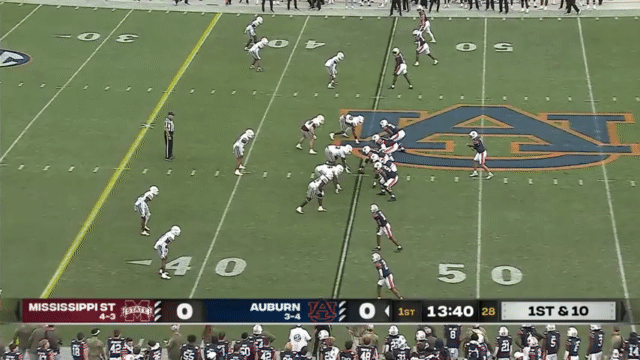
As a brief aside, Thorne has really inconsistent footwork, which is probably why he sails a lot of downfield passes. Sometimes he throws just off his back foot, sometimes he won’t set his feet, sometimes he throws off-platform while not under pressure, and sometimes I can’t figure out what he’s doing:
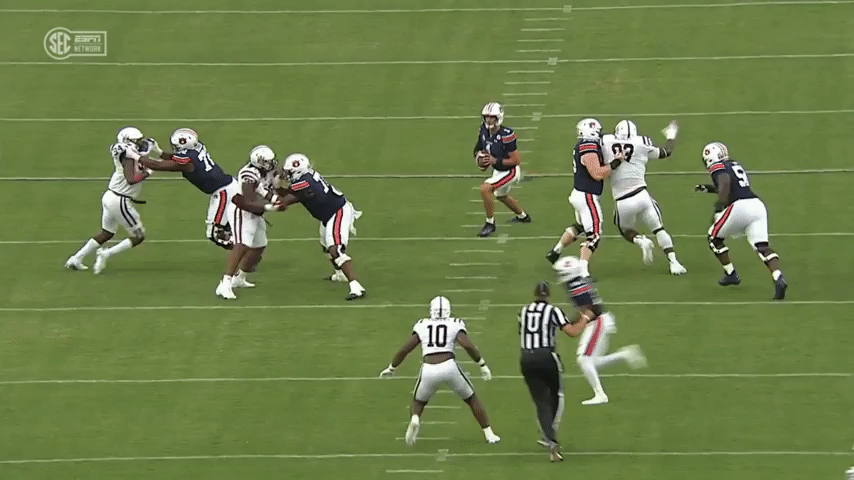
Here’s an absolutely clean pocket, and it looks like his front foot hops as he’s throwing deep. I can’t figure it out, but it looks awkward and noticeable.
Back to the “dink-and-dunk”, Thorne absolutely loves the quick slant. Thorne reads the field quickly and makes his decision quickly, making the quick slant hard to stop:
But wait, we’ve almost distilled Payton Thorne down to a single play. Add in the threat of a run—a quick play-action fake to hold the defense’s attention—and then boom, quick slant right behind the defenders biting forward. This is the Payton Thorne special:
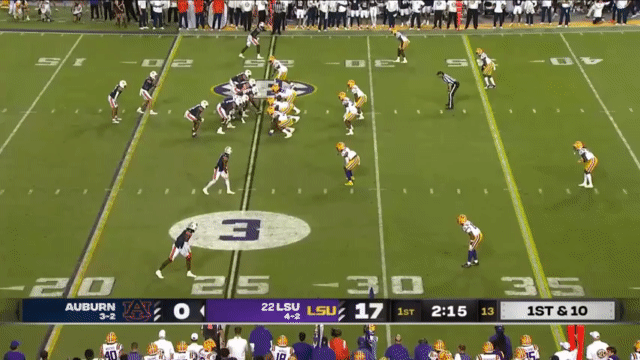
If I could use just one clip for this entire section, it’s the one above. That’s Payton Thorne. (I don’t use just one clip though, because I like spending an inordinate amount of time researching and writing these articles).
Thorne’s best attribute is probably his ability to quickly make reads and make decisions. He’s good an changing the play at the line or quickly recognizing when a play breaks down. Here he immediately reads the mistake in coverage by New Mexico State for their only touchdown of the game:
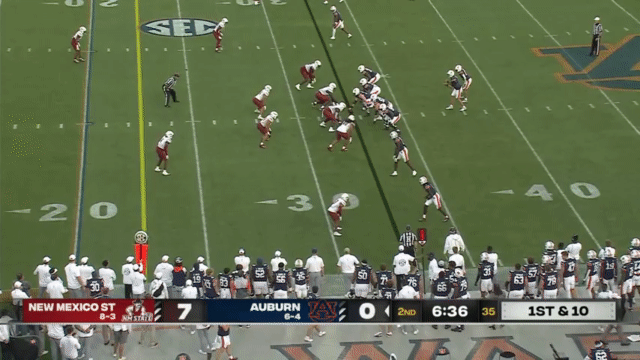
Because a lot of Thorne’s passing relies on quick throws on timing routes, it doesn’t leave him a ton of room for error:
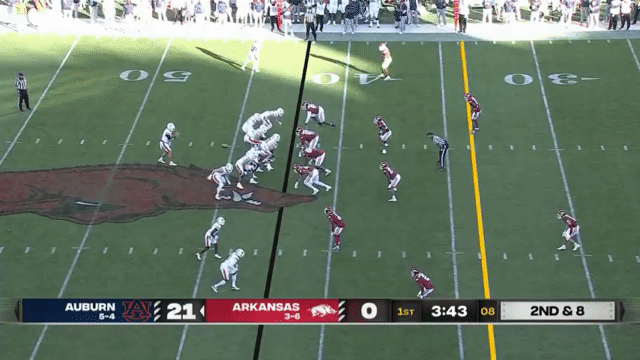
And again, inconsistent throwing mechanics mean that even when he does make the right read, he has a tendency to throw high:
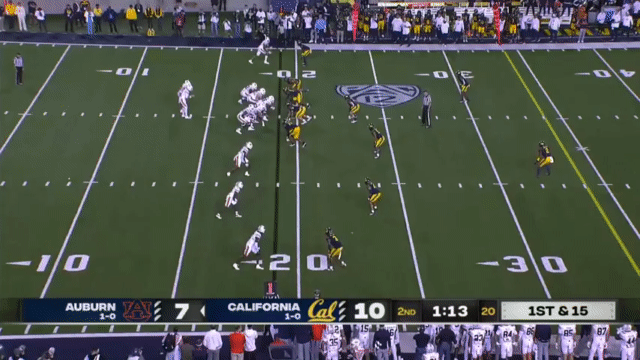
Putting Thorne in obvious passing situations tends to put him off his game. I can’t be 100% sure what he saw here, but it looks to me here that he didn’t even see the defender sitting in the flat:
Thorne also has a tendency to hold the ball loosely and away from his body on scrambles. This might work for Michael Vick, but for Payton Thorne it means an increased chance of fumbles (see also the Cal fumble return TD at the top of the article):
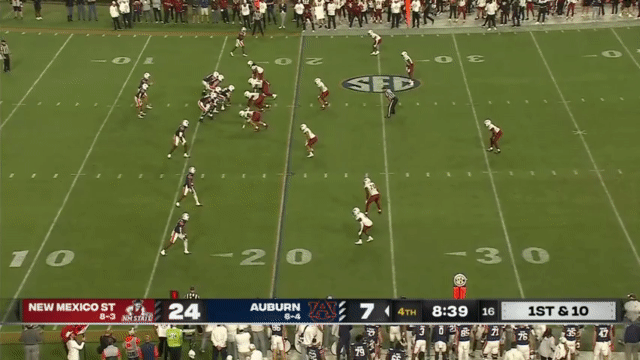
The new Auburn receivers (see below) will be able to open up the offense, which Auburn needs as teams definitely learned Thorne’s tendencies:
I mentioned Thorne’s low completion percentage on throws of 20+ yards earlier. Although he had 13 completions of 20+ yards last year (on 45 attempts), he also threw 4 interceptions at that range. With Thorne generally preferring safer throws, this meant that he was usually only taking deep shots down the field if his receiver was wide open, or if Auburn was in desperation mode:
The alternative was overconfidence, which I really didn’t see much in any game other than their FCS matchup, However, it generally didn’t work out either:
Similarly, clean pocket, time to throw, and makes an accurate throw downfield to a double-covered receiver who he expected to out-talent the competition:
It didn’t work last year, but maybe it will with some 5-star receivers this year. That seems to be the plan, anyway.
Running back
The Auburn offense needs their run game to be effective in order to find any success. That means that Jarquez Hunter is the real focal point of this offense. In FBS matchups, Auburn won every game in which Hunter ran for more than 100 yards, and lost every matchup he didn’t, with one exception: Cal. Cal held Hunter to 53 yards on 11 carries (4.8 yards/carry— which is less than the 6.6 yards/carry that Alabama held him to), but generally their opponents tend to win games when Auburn is held to just 14 points.
I wrote about him last year, but Jarquez Hunter is an all-around back, with potential as a late-round NFL Draft pick. To quote last year’s article:
Jarquez Hunter is a well-rounded back with versatility in both the run and pass game, and shows pretty good hands for a running back. It sounds cliché but he really is a well-rounded back in that he’s pretty good in all areas, but doesn’t truly excel in any one category. He’s fast (allegedly runs a 4.4 40), but I didn’t really see breakaway speed. He’ll break weak arm tackles, but he’s not going to bulldoze through anyone. He’s got good vision and patience, but I feel like he needs good blocking to succeed.
I still think his best attributes are his ability to stay upright on contact and his running back vision. Hunter does a good job of consistently find the best run lane, and he has the quickness to get to the next level of the defense for a big gain:
Hunter has the speed to be a homerun threat:
But he’s also able to initiate contact and use his power to run through tackles and fall forward for extra yardage:
Hunter is able to use both his power and his speed to run through arm tackles and make a nice cutback run for a big gain:
And here is the prototypical Jarquez Hunter play, where he just runs through the scrum and somehow stays on his feet to break off a nice gain:
And because he seems to do this every year, here Hunter hurdles a defender in last week’s matchup against Alabama A&M:
I think the biggest question for NFL teams that may be interested in drafting him is how well he can contribute the the passing game, as modern NFL teams look to add running backs with legitimate receiving ability, not to mention pass blocking ability.
In this sense, Hunter has reliable hands, but he’s almost always running some sort of simple safety valve-type of route.
Here he is as an extension of the run game:
And here he helps out his quarterback under pressure:
I would imagine that Auburn might try to find more creative ways to get Hunter the ball in space this year.
Backing up Jarquez Hunter is the similarly-built Damari Alston. He’s not going to break as many tackles as Hunter, but he looks like he may have better breakaway speed:
While Alston generally relies on his speed, he did have this highlight stiff arm:
Lastly, the running back who is more involved in the passing game (a role I would have guessed Hunter would like to fill) is Jeremiah Cobb. Auburn looked to get Cobb the ball in space, e.g. jet sweeps or designed screens, etc.:
One thing is clear: Auburn needs to get its run game going if the offense is to find any success.
Receivers
Normally I would start this section with who I think would be the best receiver would be for the opponent, or the one I think Cal fans would see the most. Instead, I will start with the receiver who you will undoubtedly hear the most about (especially given the pregame trash talk he seems to be engaging in), despite the actual impact on the game: former TCU quarterback Sam Jackson V.
Not quite sure what he’s upset about: that he was given a lot of NIL money and the starting QB job as a result, or that he was still paid despite getting benched after a few games due to his performance? At a lower tier UC school that plays in the FBS, they would have reneged on their NIL promise for that.
A normal amount of Auburn fans visited Cal. And he thinks Cal fans don’t travel well? At least when Auburn fans visit, they get to enjoy a vacation in California while they’re here. Does he know how many Cal fans drove through hours of cornfields to get to the Notre Dame game 2 years ago? Or how many went to Ole Miss a couple years before that? It’s apparently shocking to people in the South that people in California care about football, but I guess a shocking amount of ignorance helps you fit in better at your new school over there.
As you’ll undoubtedly hear on the broadcast, Sam Jackson V was QB Payton Thorne’s wide receiver in high school, back in 2018. Last week was his first time lining up at WR since then. They didn’t play a ton of snaps together, but despite being listed as the third string WR, I can definitely see Thorne trying to force the ball his way, given their previous chemistry (he tried once against Alabama A&M, I believe, but the pass was knocked away).
Regarding his transition from QB to WR in the SEC, SJV had this to say:
His only impact last week was this play, scoring the final touchdown in the 4th quarter of a blowout. I’m not even sure who is the intended receiver here, but Sam Jackson V came away with it:
Of course, SJV is very athletic, with a ton of speed and shiftiness that makes him difficult to tackle in open space. A lot of teams like to use QB-turned-WR players on gadget plays, as an added dimension to a trick play, e.g. a double pass play, a flea flicker, etc. And we already know that SJV is good at completing throws to Auburn players:
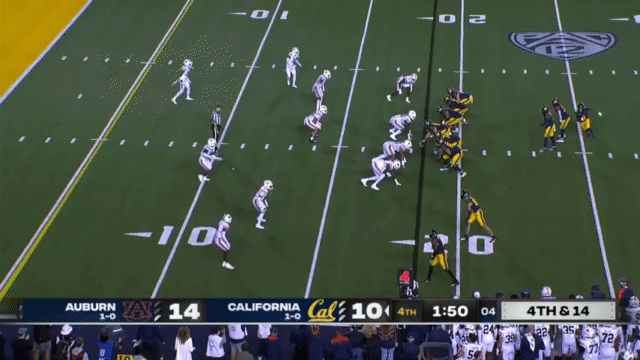
With that out of the way, let’s talk about some other impactful newcomers to the Auburn receivers: there is Penn State transfer KeAndre Lambert Smith, Georgia State transfer Robert Lewis, and a bevy of talented new recruits, such as 5-star Cam Coleman (#2 WR in the class of 2024), near 5-star Perry Thompson (#8 WR in the class of 2024), and 4-star Malcolm Simmons and Bryce Cain.
I think the biggest addition is KeAndre Lambert-Smith, who adds a new dimension to the Auburn offense that they didn’t have last year: a legitimate deep threat target that can take the top off a defense, particularly via glance routes off RPOs at Penn State (and probably what made him an attractive transfer portal target for Hugh Freeze).
He has plenty of speed to get behind the defense:
Here he beats the defensive back for another big play:
The following play is the longest touchdown reception in Rose Bowl history, where Lambert-Smith gets past a very good Utah defense:
And here he is doing it again just last week:
Although most of Lambert-Smith’s highlights are big yardage receiving touchdowns like the ones above, he also showed some nice body control and position to beat cover corners:
Auburn’s top returning receiver is actually the tight end Rivaldo Fairweather. Fairweather has good body control and a large catch radius, and does a great job of catching the ball away from his body. Of course, Fairweather had his best play of the season last year against Cal:
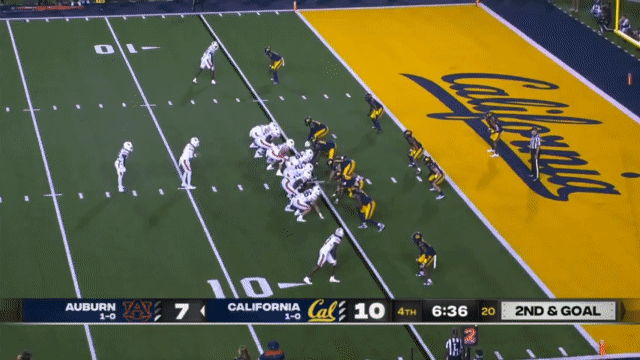
As a big tight end, he’s not going to blow you away with his top-end speed, but he does show good acceleration to quickly gain separation from the defender:
Here he does a nice job of hanging onto the ball through contact:
Fairweather is just a reliable target, especially in the red zone:
After Lambert-Smith, another impact transfer portal player for Auburn is Georgia State transfer Robert Lewis. Although he doesn’t have the biggest frame, he has plenty of speed and is another very reliable pass-catching threat.
Here Lewis uses his speed to beat the defense and runs the entire length of the field for a touchdown:
His sure hands also make him a viable red zone threat:
Although he lined up out wide more often than he did in the slot, Lewis had a tendency to do most of his damage in the middle of the field (and probably why he will play slot receiver at Auburn). He was not afraid to make a catch in traffic over the middle, and he was often a target in the middle of the field:
Note here how the play-action allows Lewis to get open behind the safety:
And again he makes himself a target over the middle:
Auburn had a top 10 recruiting class this year according to 247sports, with the crown jewel of the class being the 5-star, #5 overall ranked recruiting; the 6’3” 197 lbs. wide receiver Cam Coleman. Coleman’s blend of size, strength, and athleticism is what made him such a highly-touted recruit. He’s already the starting outside wide receiver, and in limited play time last week, he clearly overmatched his FCS defender:
Auburn also signed the high 4-star recruit (the #8 WR of the 2024 class) Perry Thompson. Auburn lists him as 6’3” and 222 lbs, and he was the noticeably bigger and more physical receiver archetype. He was also a track star in high school, so I assume he has the speed to match, but here was his big play from last week:
The next true freshman expected to make an immediate impact is the 4-star Malcolm Simmons. While Coleman and Thompson mainly lined up outside, Simmons was used more often in the slot (and he’ll rotate that position with Robert Lewis and Sam Jackson V). Simmons was the Alabama state champion in both the long jump and the high jump, so it’s safe to say that he also has no shortage of athleticism:
And since we’re on a roll with true freshman receivers, the last one to receive playing time was the 5’10” 150 lbs. Bryce Cain, whose most impactful play unfortunately resulted in a fumble:
Backing up Cam Coleman is the more experienced junior Camden Brown, who is of a similar build, but leans to a more physical style of play:
There is also the rangy speedster Caleb Burton III:
Backing up Rivaldo Fairweather at tight end is Brandon Frazier, listed at an enormous 6’7” 262 lbs. He is generally used in run blocking, but he also has the ability to leak out for a pass:
It’s clear that Auburn has a very deep, very talented group of receivers this season. Still, receivers are only one half of the passing equation, and the receivers are not the limiting reagent here.
Conclusion
Auburn has a lot of talent on offense, and has built their team around Hugh Freeze’s RPO offensive philosophy. With QB Payton Thorne a viable threat to run the ball and a dangerous homerun threat in running back Jarquez Hunter, Cal will have to commit defenders to the run which will eventually open up more favorable/isolated matchups for their very talented receiving corps. If Auburn’s run game gets going, the Auburn offense will be hard to stop, especially with some potent deep threats down the field. If it doesn’t, however, Cal can hopefully end up in another rock fight like the 14-10 slog we saw last year in Berkeley. Cal’s offense will have a huge uphill battle with a banged-up Jaydn Ott (assuming he even plays), missing half its offensive line, and also down its top two receivers in Merriweather and Grayes. I’m expecting the Cal offense to struggle, but for Cal to win, they need to turn this game into a high turnover defensive slugfest (and not have their own quarterback throw multiple interceptions), so the Cal offensive struggle is probably not going to be the biggest factor of this game: stopping the Auburn run game will be. Cal is understandably an underdog in this game, but if any Auburn fans are overlooking Cal, they probably forgot how last year’s game went.
See you in Auburn on Saturday.
Go Bears!
You can find my full clips here.


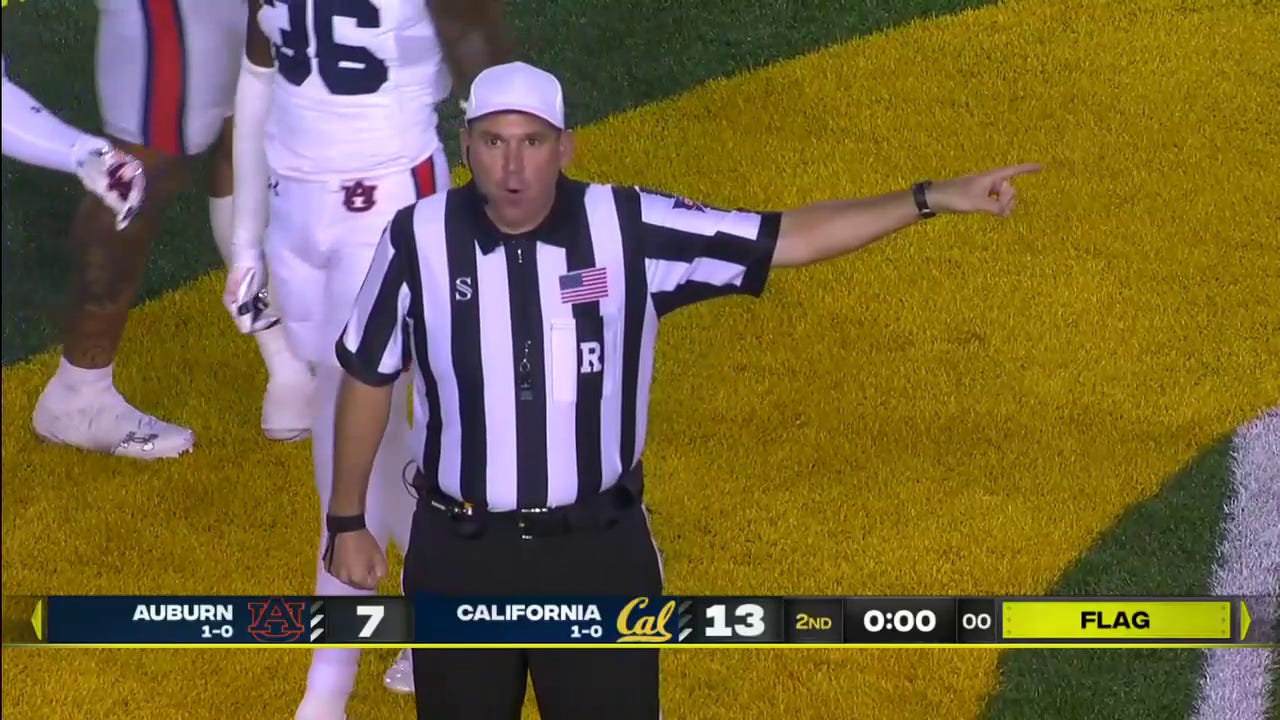
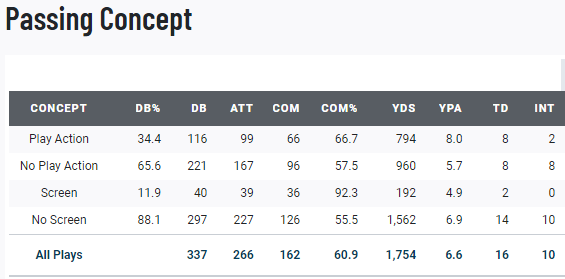
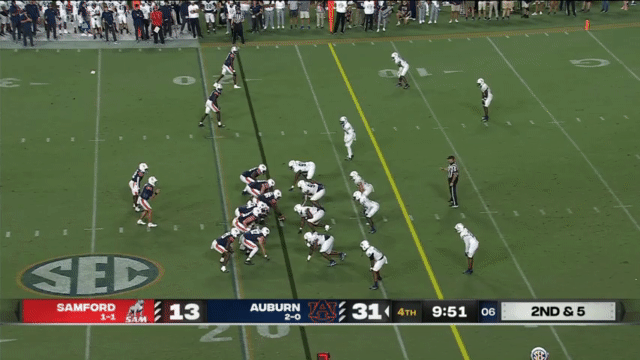
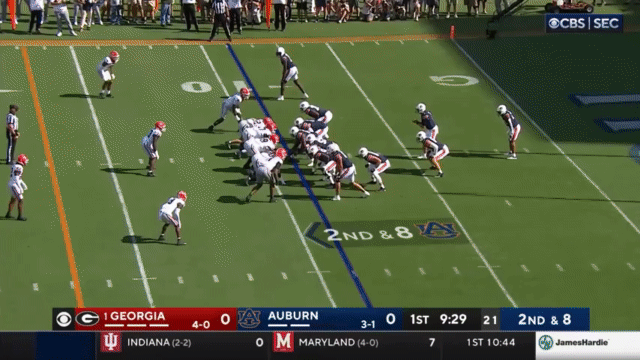
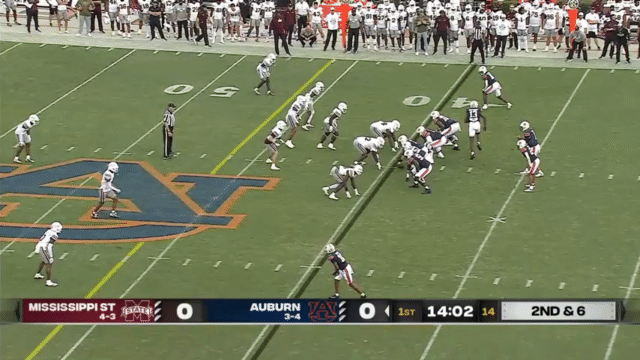
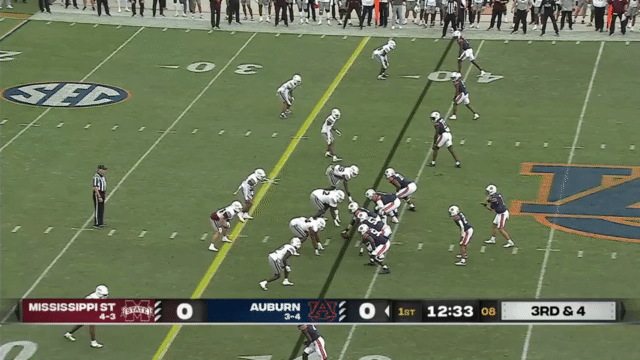
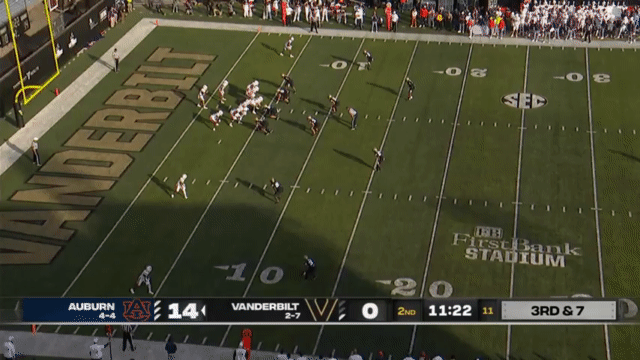
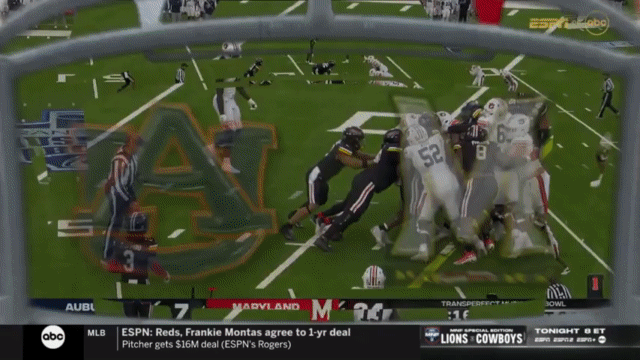
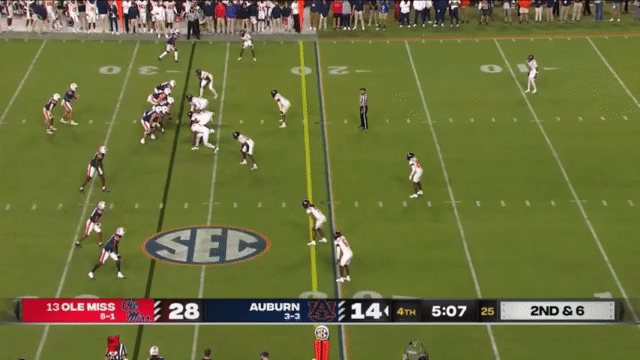
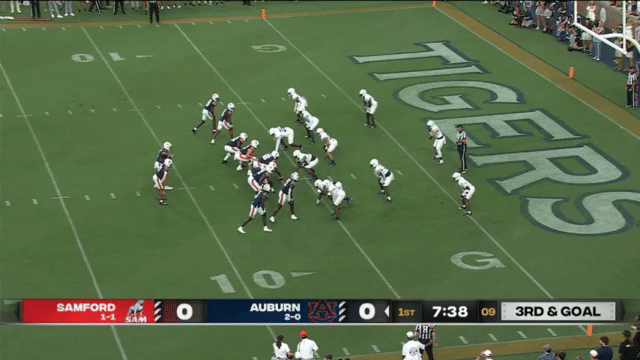
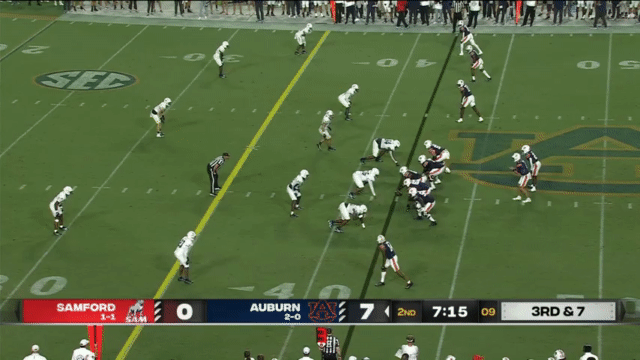
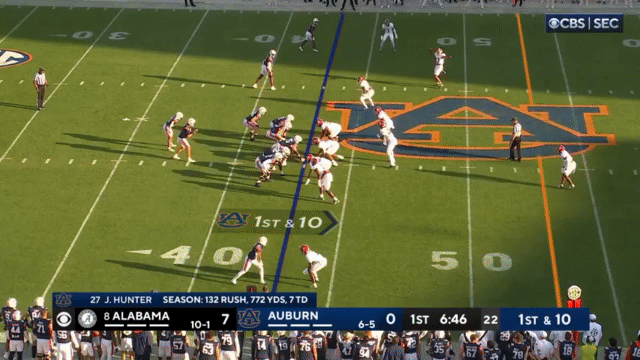
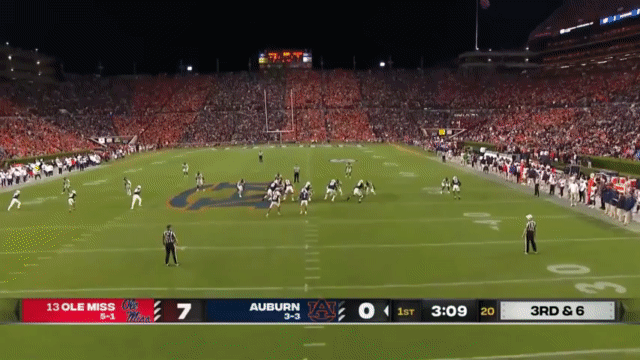
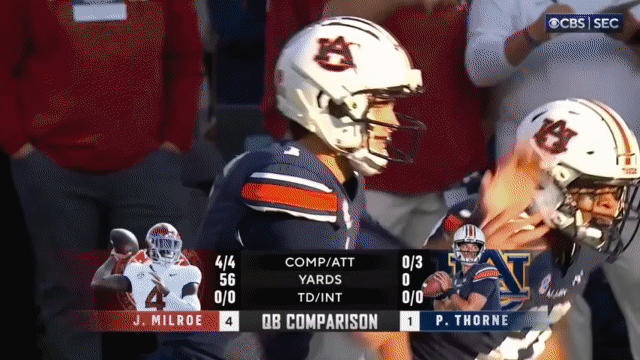

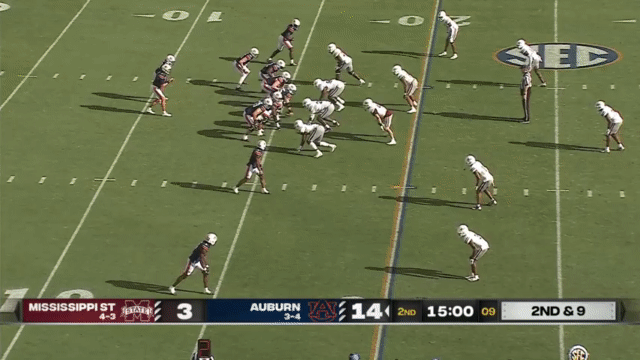
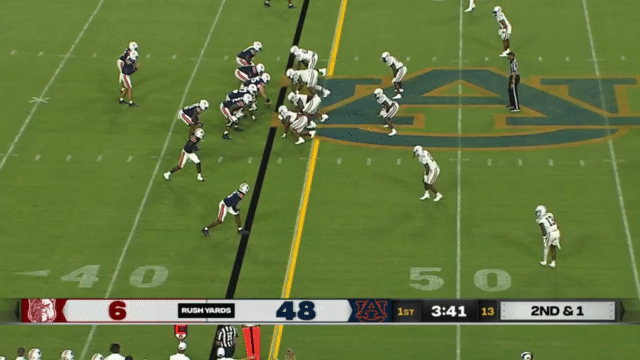
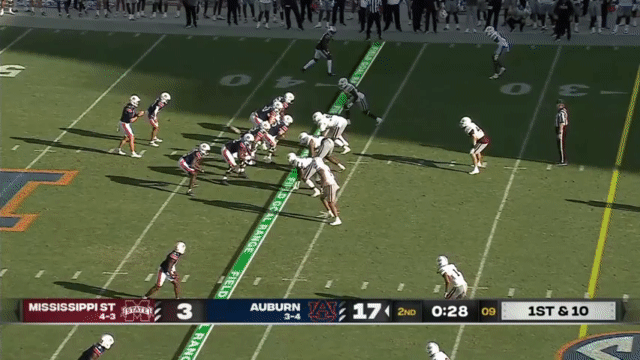
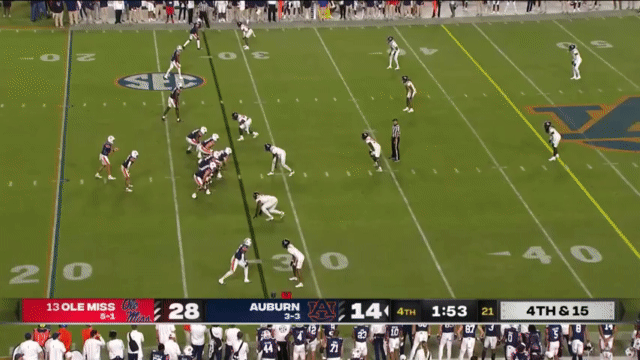
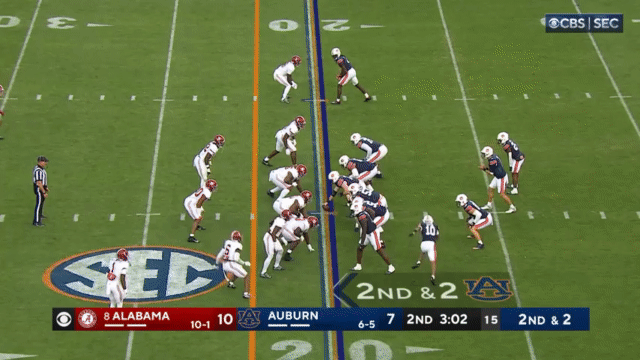
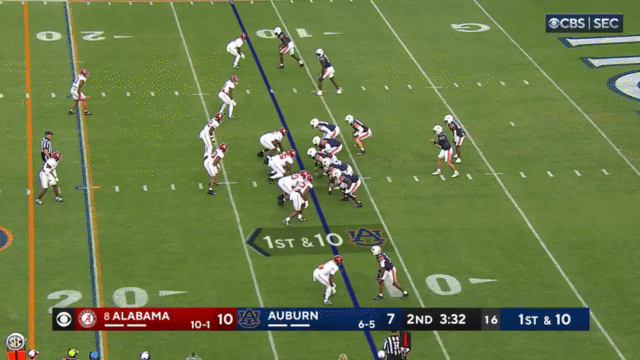
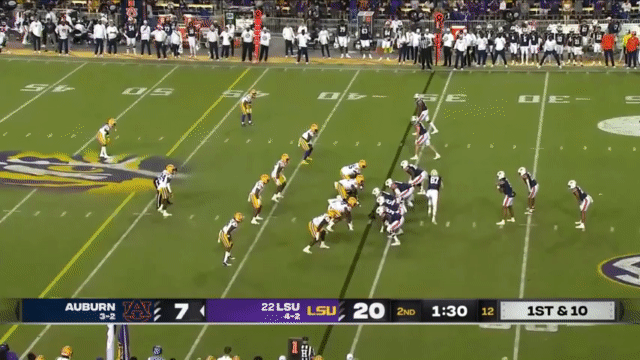
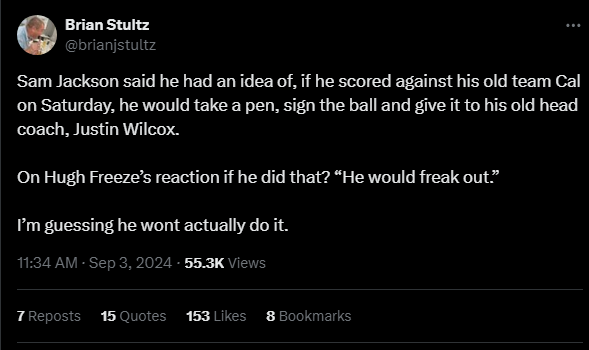
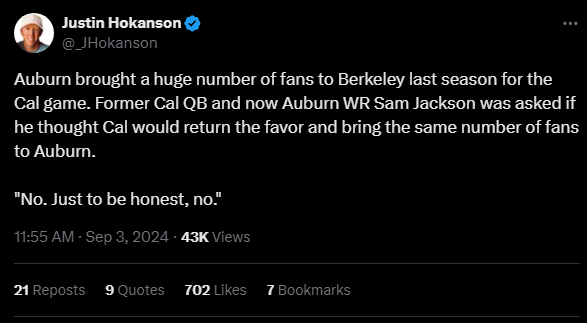
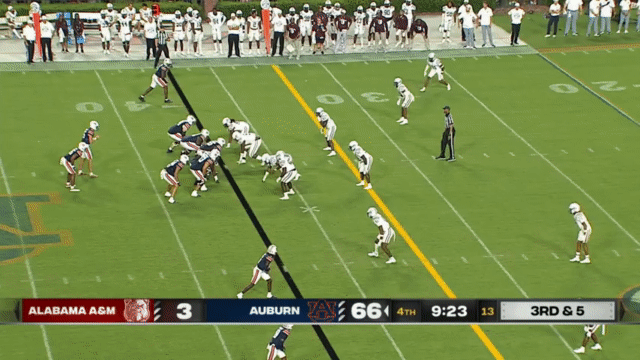
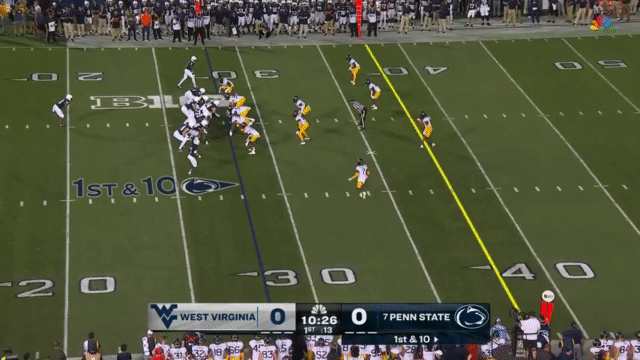
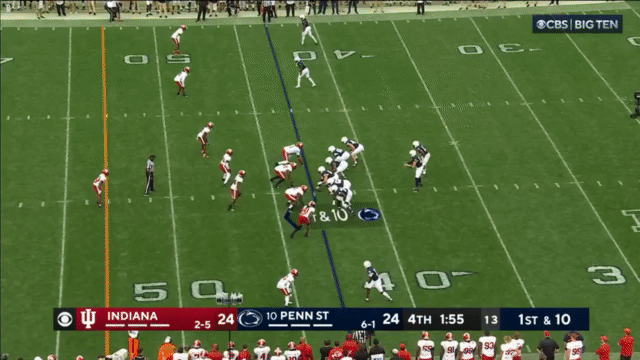

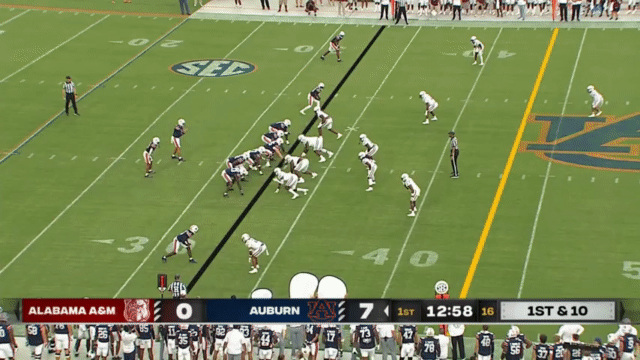

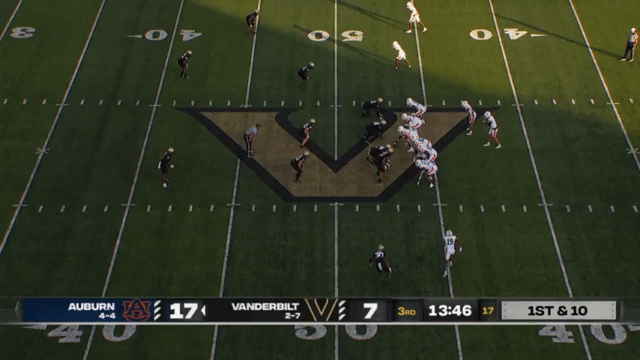
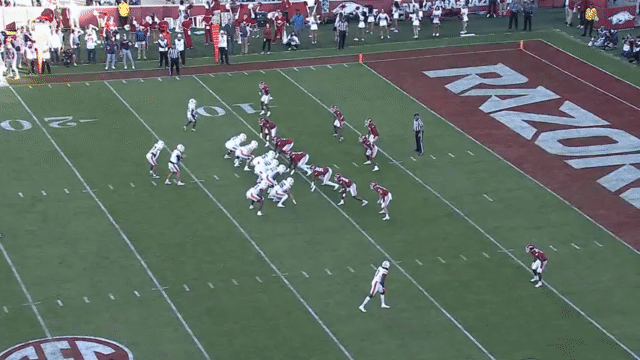
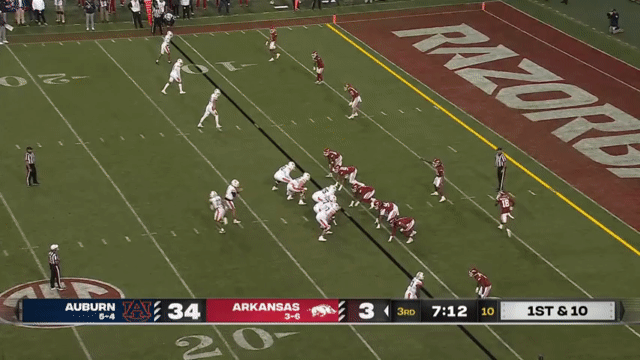
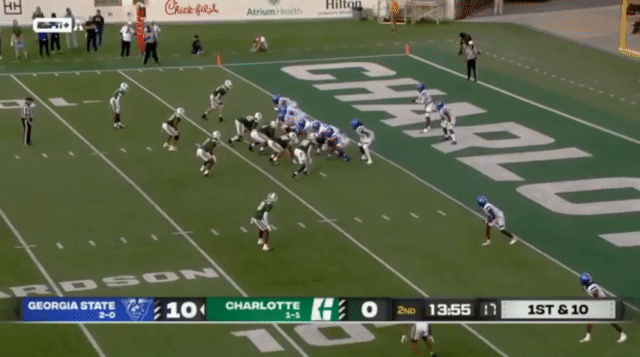
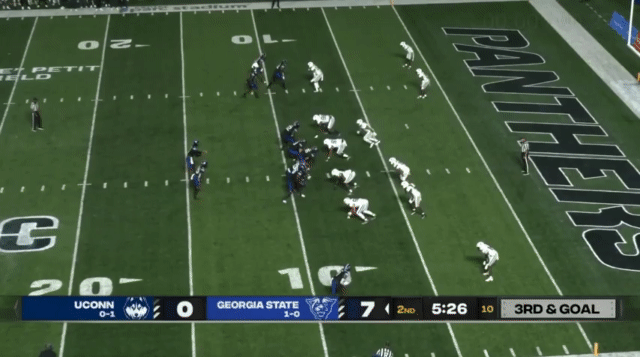
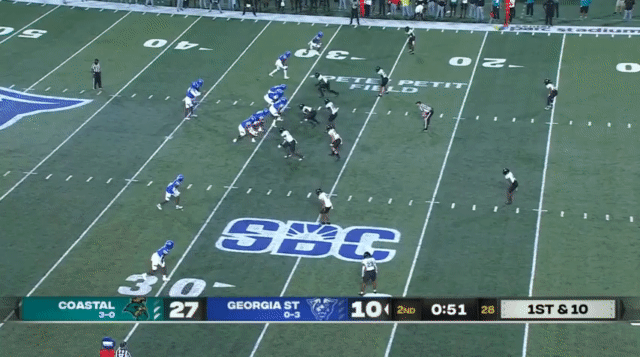
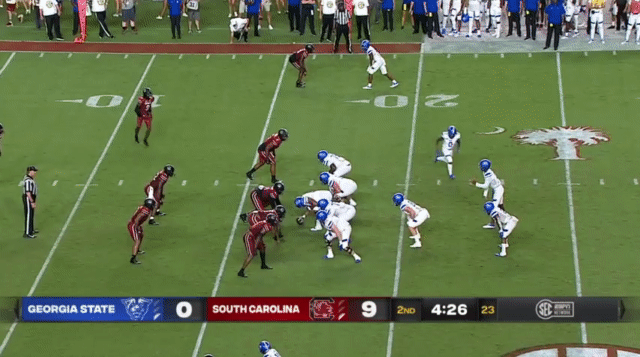
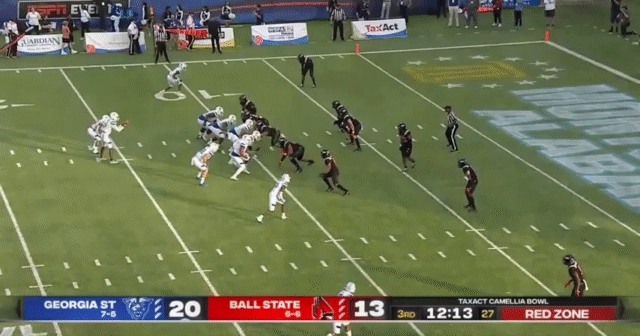
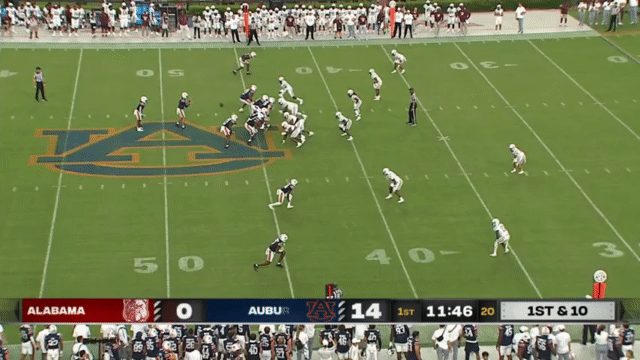

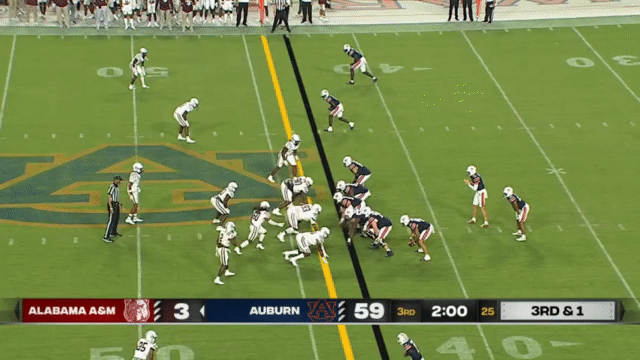
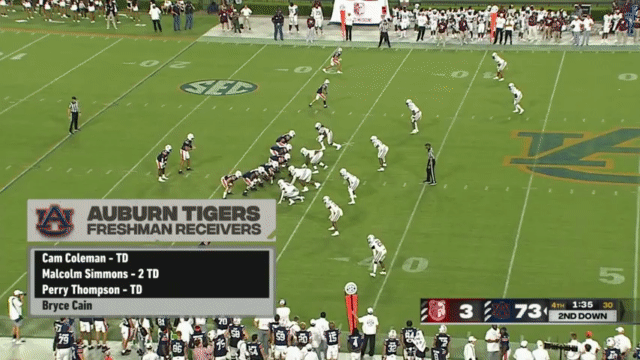
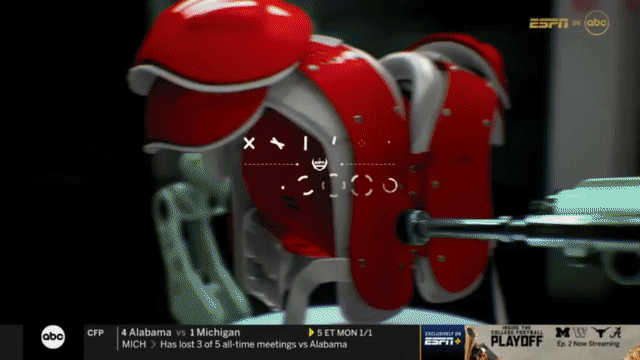
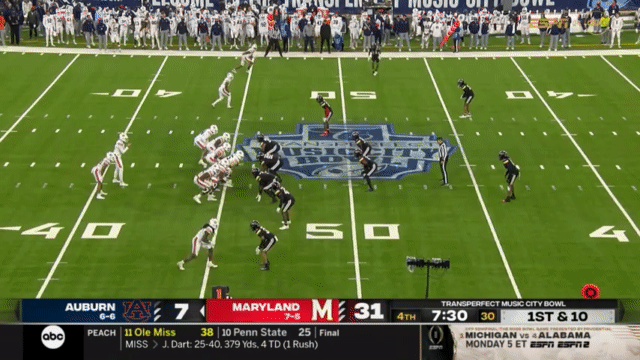
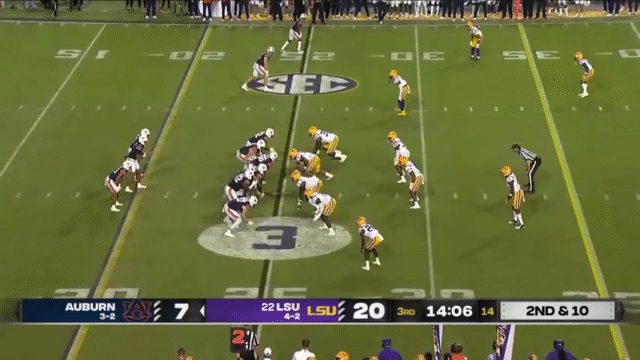
You’ve outdone yourself Chris. My favorite line “And we already know that SJV is good at completing throws to Auburn players.” This article is a masterclass in throwing shade.
Enjoyed the article Christopher, was very informative!
Get ready for an ass whooping though